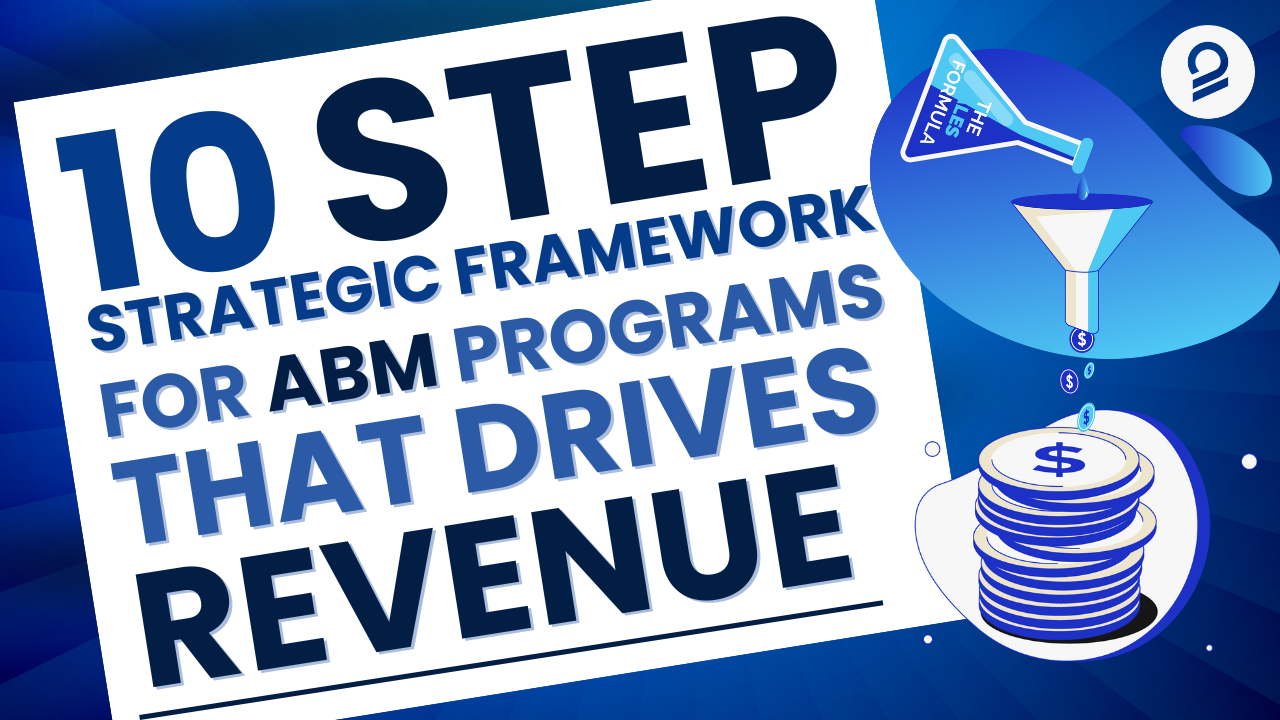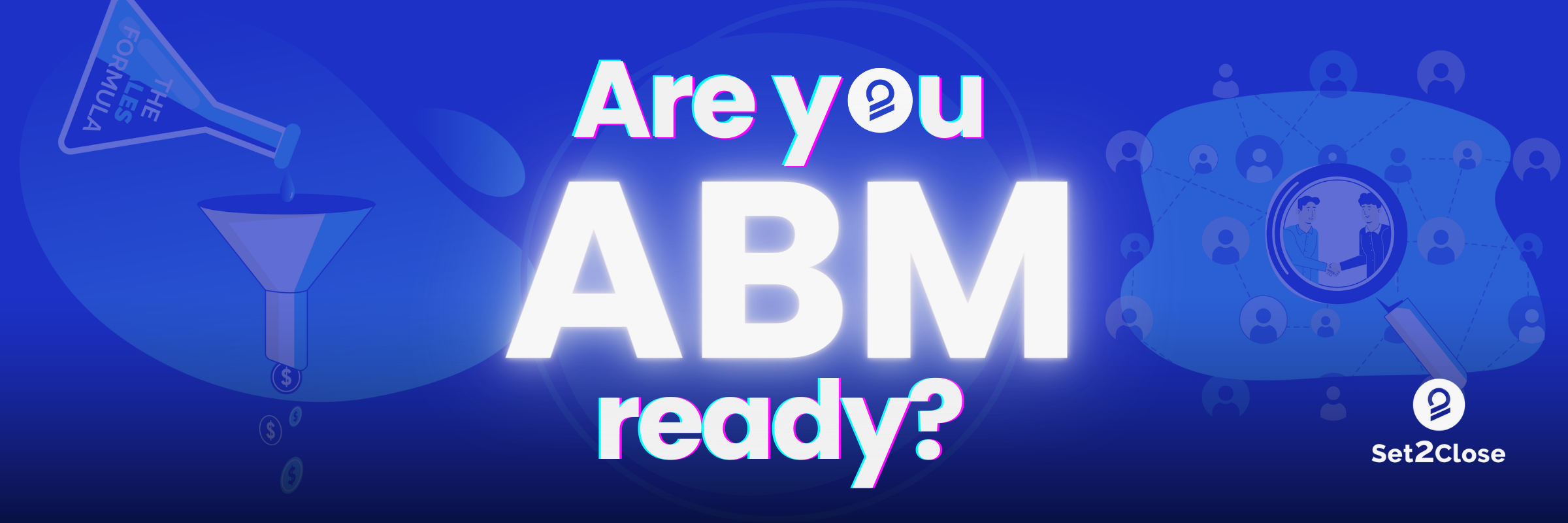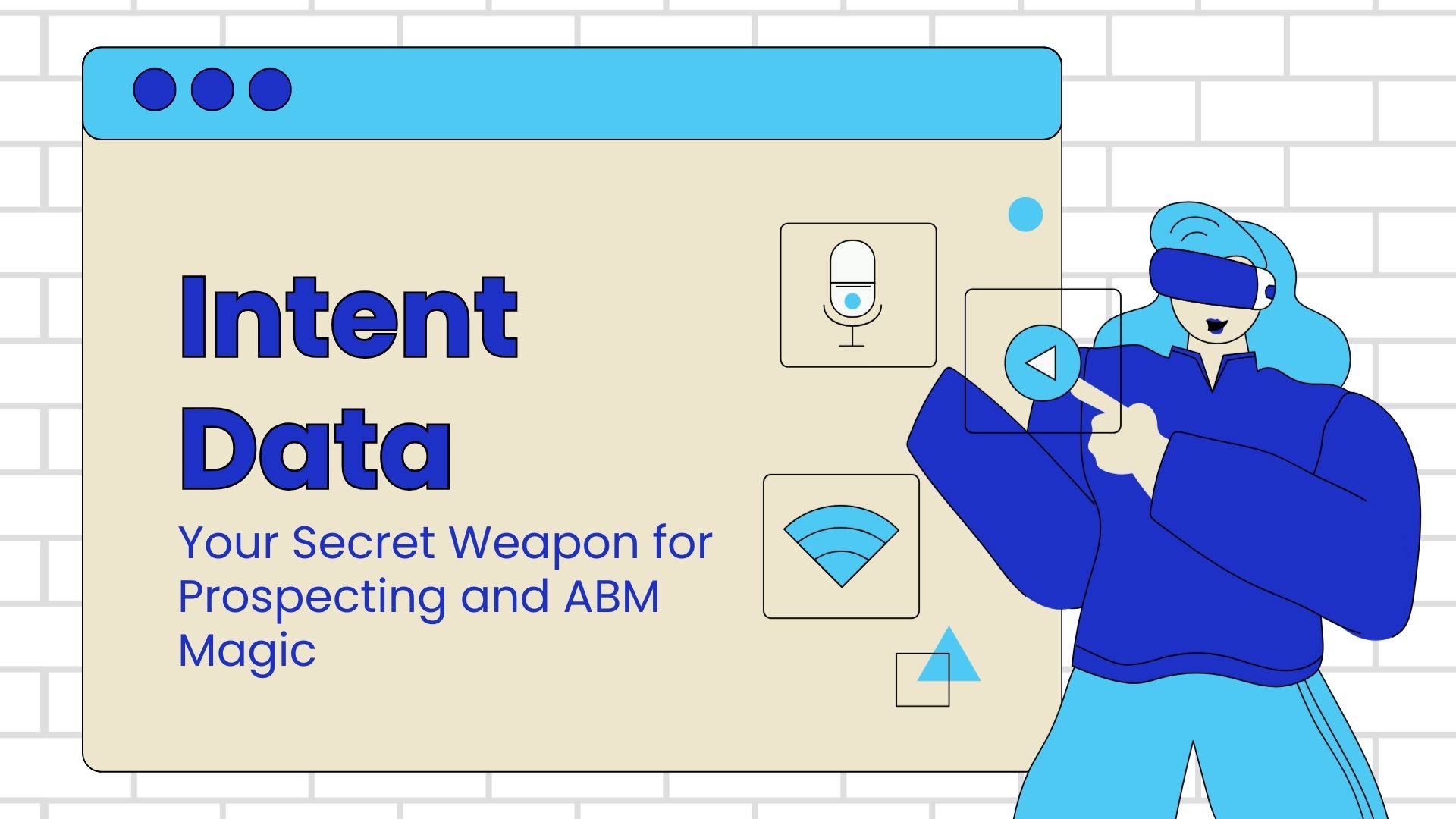10-Step Strategic Framework for ABM Programs that Drive Revenue

 In the ever-evolving landscape of B2B marketing, Account-Based Marketing (ABM) has emerged as a powerful strategy for driving revenue growth.
In the ever-evolving landscape of B2B marketing, Account-Based Marketing (ABM) has emerged as a powerful strategy for driving revenue growth.
However, effective implementation requires a systematic approach that goes beyond conventional lead generation tactics. In this guide, we present a comprehensive 10-step strategic framework for ABM programs designed to maximize revenue generation. From assembling a dedicated ABM team to launching targeted engagement initiatives, each step is meticulously crafted to leverage strategic planning, research, and personalization in nurturing high-potential accounts. Join us as we delve into the nuances of ABM and explore how it transcends traditional marketing approaches to become a strategic revenue driver.
-
Build a Dedicated ABM Team
- ABM Lead: Spearhead strategy formulation and implementation efforts.
- Industry Expert: Provide in-depth market knowledge and customer insights.
- Sales Liaison: Ensure alignment with sales leadership and facilitate collaboration.
-
Prioritize High-Value Clusters
- Concentrate on clusters offering the most significant potential returns.
- Evaluate factors like average deal size, sales cycle duration, win rates, and the number of applicable use cases.
-
Define Your Ideal Customer Profile (ICP)
- Outline the key decision-makers, account qualification criteria, and relevant firmographic and technographic details.
- Outline the key decision-makers, account qualification criteria, and relevant firmographic and technographic details.
-
Uncover Cluster Pain Points
- Identify the triggers that initiate the buying process within the cluster.
- Educate the cluster members, addressing change management considerations as needed.
-
Define Opportunity Criteria
- Prioritize accounts with significant revenue potential, strong existing relationships, brand recognition, and clear product needs or challenges.
- Prioritize accounts with significant revenue potential, strong existing relationships, brand recognition, and clear product needs or challenges.
-
Identify Account Selection Sources
- Establish and validate reliable sources for data-driven account selection.
- Establish and validate reliable sources for data-driven account selection.
-
Craft a Targeted Content and Messaging Strategy
- Develop content tailored to specific pain points and opportunities within each cluster.
- Develop content tailored to specific pain points and opportunities within each cluster.
-
Segment and Prioritize Accounts
- ICP Cluster: No current awareness or recognized challenges.
- Future Pipeline: Awareness exists, but no recognized need or desire for change.
- Active Focus: Awareness, recognized challenges, and active buying signals.
-
Implement a Warm-Up Engagement Program
- Utilize a blend of targeted activities, such as events, social media engagement, paid distributions, and content collaborations.
- Utilize a blend of targeted activities, such as events, social media engagement, paid distributions, and content collaborations.
-
Launch an Opportunity Generation Initiative
- Combine cluster-specific content hubs with personalized strategy sessions, direct mail, and tailored business cases for different buying committee members.
ABM as a Strategic Revenue Driver
ABM goes beyond traditional lead generation by leveraging strategic planning, research, engagement, and personalization to nurture high-potential accounts beyond mere Marketing Qualified Leads (MQLs). For more information; see below our brand-new video on "3 Tips on Content Creation for ABM Strategies";

Make the smart choice—schedule a consultation with us today.
Keep up-to-date with the latest advancements in Sales/Marketing AI and Revenue Operations by following us on LinkedIn, YouTube, and Meta. Subscribe to our newsletter to ensure you never miss out on vital industry insights and the latest news affecting the broader landscape of revenue operations.
Related Articles

How To Assess Your ABM Readiness
ABM: Not Just Another Strategy Account-Based Marketing (ABM) is not your average marketing strategy. ABM is akin to shining a focused laser beam on certain accounts that you see as high value, as...